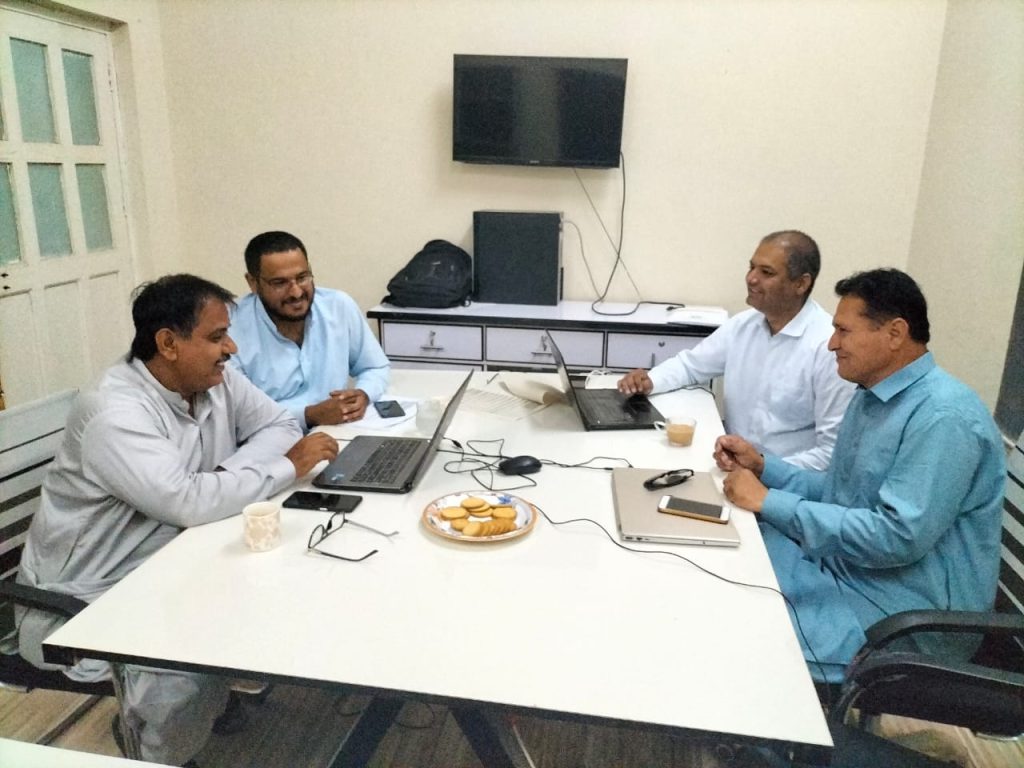Institutional Biosafety Committee (IBC-SALU)
Menu

Important Documents
Introduction and Administration
PURPOSE:
The IBC shall provide policy and guidance related to biological safety for SALU. It is the responsibility of all faculty, staff, and students working with bio-hazards, potentially infectious materials, or recombinant and synthetic nucleic acids to abide by the guidance set forth in this manual.
SCOPE:
The IBC is for all facilities at SALU working with bio-hazards, potentially infectious materials, or recombinant and synthetic nucleic acid molecules.
DEFINITIONS:
- Biological Safety Levels (BSL): Designations of laboratories in ascending order based on the degree of risk associated with the laboratory work being conducted and the degree of protection provided to personnel, the environment, and the community.
- Bio-hazards: Any biological agent that has the potential to cause harm to people, animals, plants, or the environment. Also referred to as Infectious Materials.
- Biosafety: The discipline addressing the safe handling and containment of infectious microorganisms and hazardous biological materials through the application of containment principles and risk assessment.
- Institutional Biosafety Committee (IBC): An institutional committee, required by the SALU Statutory Bodies Guidelines for Research Involving Recombinant and Synthetic Nucleic Acids, which reviews research being conducted on all campuses involving recombinant and synthetic nucleic acids, pathogens, toxins, wild animals, exotic pests, and human-derived materials.
- Other Potentially Infectious Materials (OPIM): Any human body fluids which can be contaminated by blood including: semen, vaginal secretions, cerebrospinal fluid, synovial fluid, pleural fluid, pericardial fluid, peritoneal fluid, amniotic fluid, or saliva. Unfixed human tissues or organs, other than intact skin, are also considered OPIMs. Lastly, cells/tissue cultures, organ cultures, and culture medium or other solutions containing human immunodeficiency virus (HIV) or hepatitis B virus (HBV) blood, organs, and other tissues from experimental animals infected with HIV or HBV.
- Blood Borne Pathogen: Microorganisms carried in the blood that can cause disease in humans.
- Infectious Materials: Synonym for Biohazards. See Biohazard for definition.
